Trove of Treasures, From Gold Skull Ring to Tudor Coins, Unearthed in Wales
The macabre jewelry is a unique example of “memento mori” art, which aimed to remind viewers of their mortality
:focal(1528x1645:1529x1646)/https://tf-cmsv2-smithsonianmag-media.s3.amazonaws.com/filer/4b/07/4b079a7f-1460-443f-a977-efde8c7791c8/skull_ring.jpg)
Officials in Wales have designated nine recent archaeological finds—including a hoard of Tudor coins featuring Henry VIII’s portrait and a gold ring inlaid with an enamel skull—as treasure, reports Cathy Owen for Wales Online.
Per a statement, metal detectorists unearthed the artifacts, all of which belonged to elite members of 9th- through 17th-century Welsh society, in Powys and the Vale of Glamorgan. Highlights of the cache range from a ring-shaped medieval silver brooch to a trio of gold coins dated to the reigns of Edward III (1327–1377) and Richard II (1377–1399).
Graeme David Hughes, senior coroner for South Wales Central, declared the discoveries “treasures,” a term that “refers to bonafide, often metal artifacts that meet … specific archaeological criteria” outlined by the United Kingdom’s Portable Antiquities Scheme (PAS), notes Laura Geggel for Live Science.
In the U.K., amateur treasure hunters are required to hand their finds over to local authorities. Current guidelines define treasure relatively strictly, but as Caroline Davies reported for the Guardian last December, the U.K. government is working to expand these parameters to better protect the country’s national heritage items. Objects designated as treasure become the property of the state and may be displayed at national or local museums.
A key highlight of the Welsh trove is the golden skull ring, which dates back to the Tudor or early Stuart period. The ring is embossed with the Latin phrase memento mori, which roughly translates to “remember you must die,” according to Tate Britain.
As Menachem Wecker pointed out for Artnet News in 2017, artists throughout history created memento mori–themed paintings, sculptures, drawings and tokens to remind viewers of their own mortality. Though these objects may appear morbid to modern viewers, Artnet notes that they often carried “optimistic, carpe-diem messages” about making the most of one’s time on Earth.
“This is a rare example of a … memento mori ring with a clear Welsh provenance,” says Mark Redknap, deputy head of collections and research at Amgueddfa Cymru—National Museum Wales, in the statement. “Its sentiment reflects the high mortality of the period, the motif and inscription acknowledging the brevity and vanities of life.”
Another notable artifact recently deemed treasure is a posy ring dated to the 17th or 18th century. Per National Jeweler’s Michelle Graff, these items were often engraved with brief poems or sayings alternatively “religious, friendly or amorous in nature.”
The message on the Welsh ring, which is embellished with interlocking symbols and silver gilding, reads, “Be constant to the end,” reports Sarah Pirano for Ancient Origins.
Also of note is a silver, double-hooked fastener dated to the ninth century. The object may have helped its Anglo-Saxon owner hold their garments together or was perhaps worn as a chic piece of jewelry adorned with animal patterns.
“This unusual object is the first ‘Anglo-Saxon style’ double-hooked fastener to be identified in Wales,” says Redknap in the statement. “Reflecting the status of the original owner, it provides new evidence for the exposure of Anglo-Saxon styles within the early Welsh kingdoms, and of the melting-pot of styles and influences from which Welsh identity was to emerge.”
The Y Gaer Museum and the National Museum Wales hope to obtain the cache of objects for their galleries. Officials have yet to announce which institutions will ultimately house the artifacts.
The recently discovered items are just some of the 20 to 45 treasures reported in Wales each year, according to Live Science. Experts have identified more than 550 treasures in the country since 1997, when PAS was established in England and Wales.
/https://tf-cmsv2-smithsonianmag-media.s3.amazonaws.com/accounts/headshot/Isis_Davis-Marks_thumbnail.png)

/https://tf-cmsv2-smithsonianmag-media.s3.amazonaws.com/filer/7e/c2/7ec22c6a-ecef-438d-aa90-6bf14e1aaf4b/treasure_case_1908_talgarth_community_powys.jpg)
/https://tf-cmsv2-smithsonianmag-media.s3.amazonaws.com/filer/68/25/68256a95-92d4-4d34-b12a-3122b1f68388/treasure_case_1923_churchstoke_community_powys.jpg)
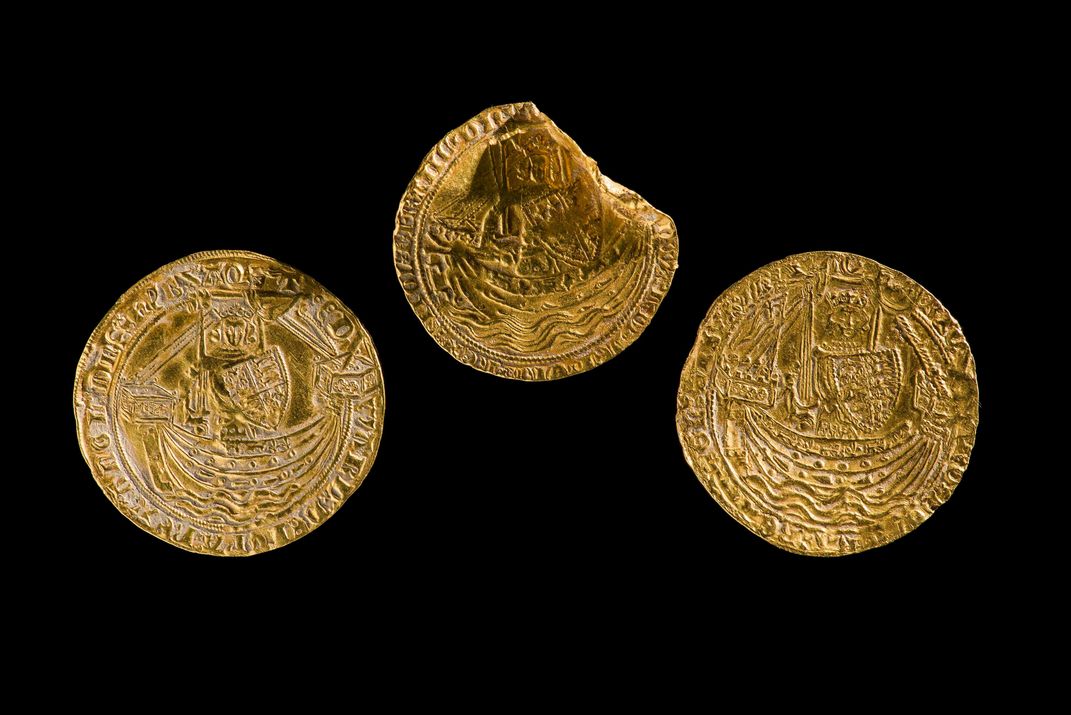
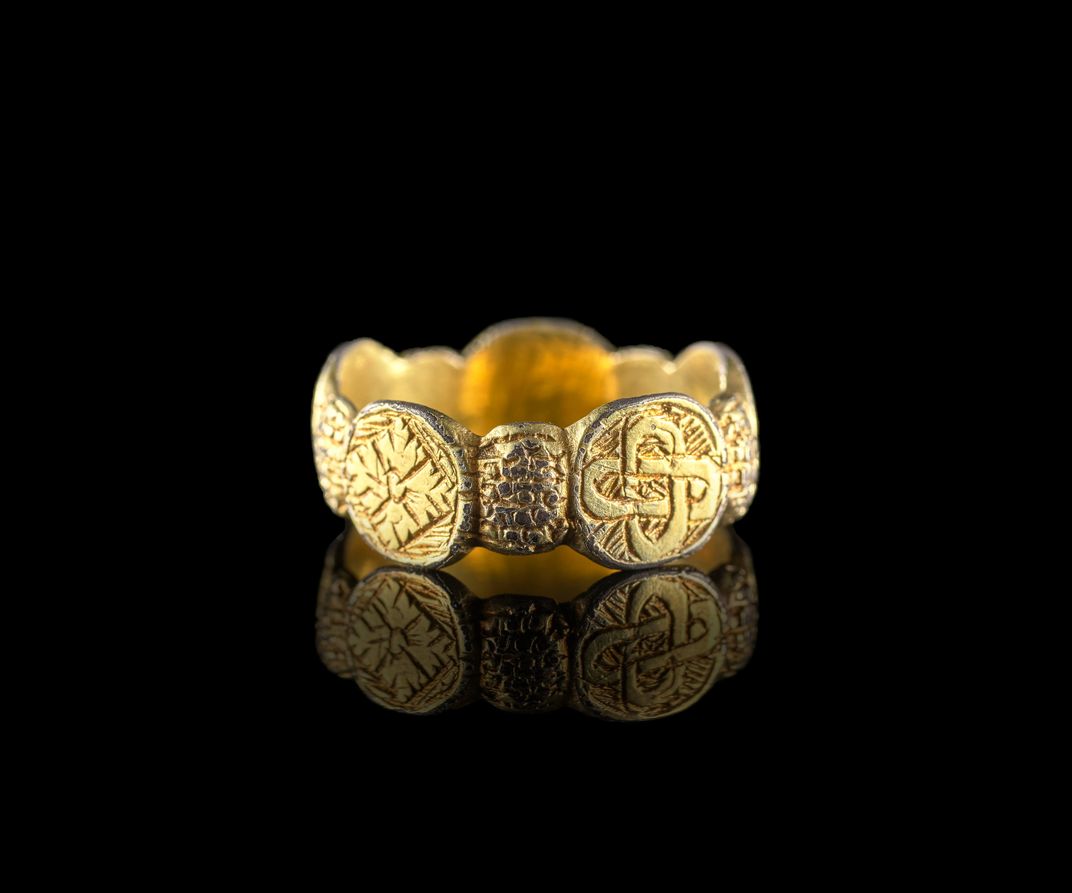
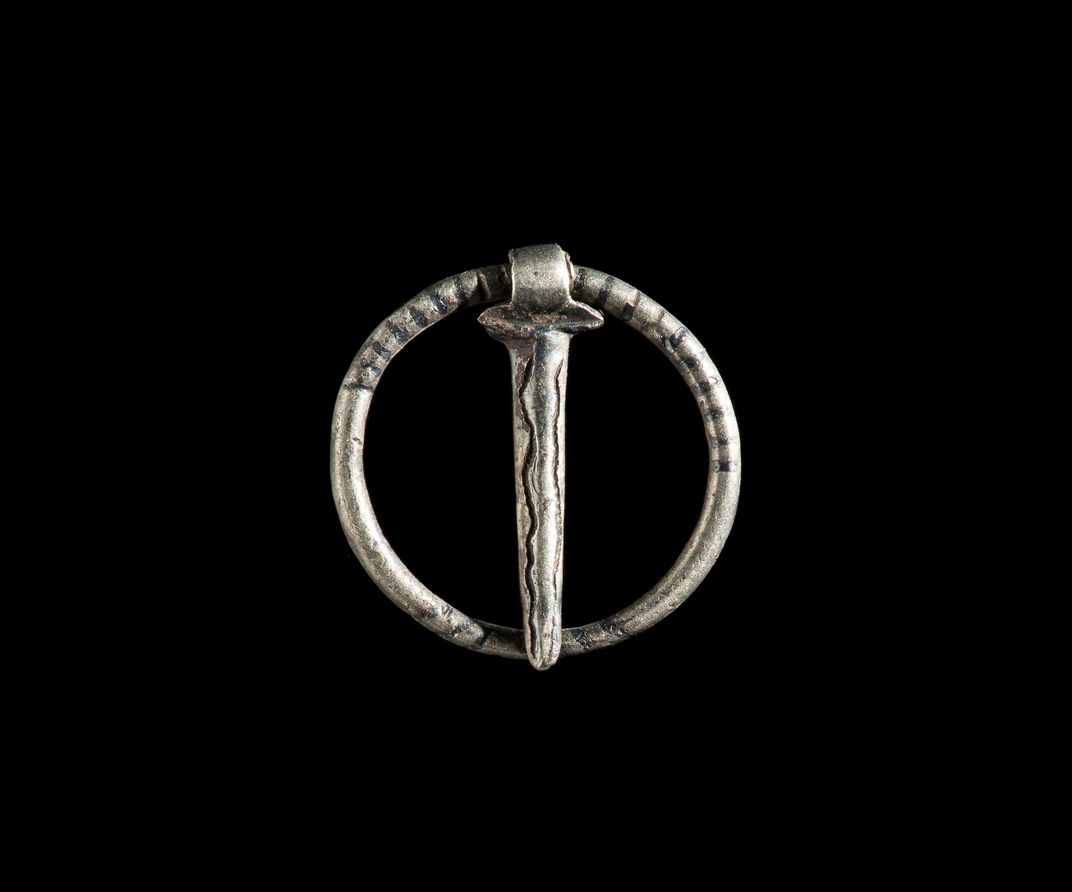
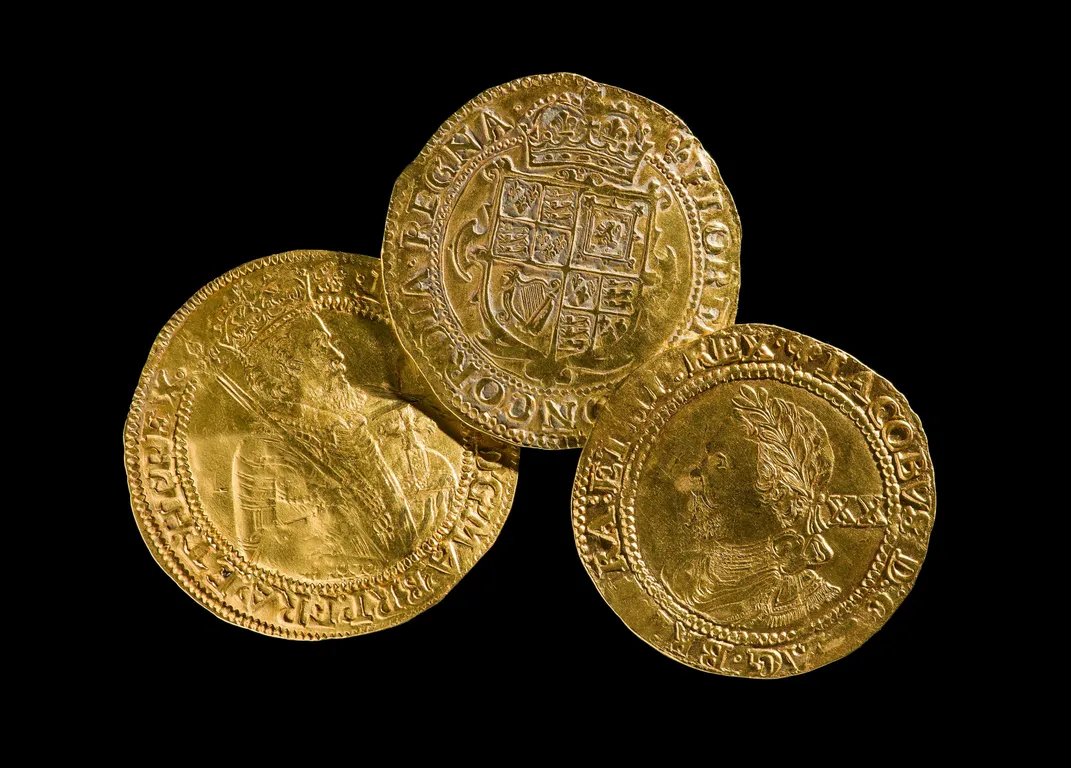
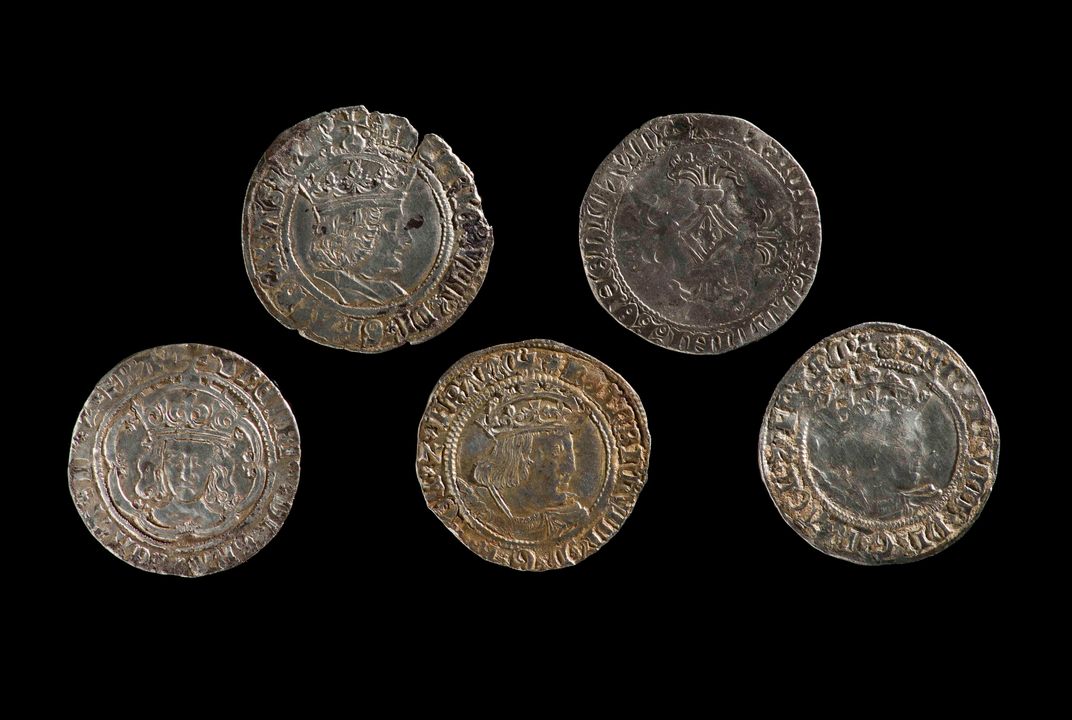
/https://tf-cmsv2-smithsonianmag-media.s3.amazonaws.com/accounts/headshot/Isis_Davis-Marks_thumbnail.png)